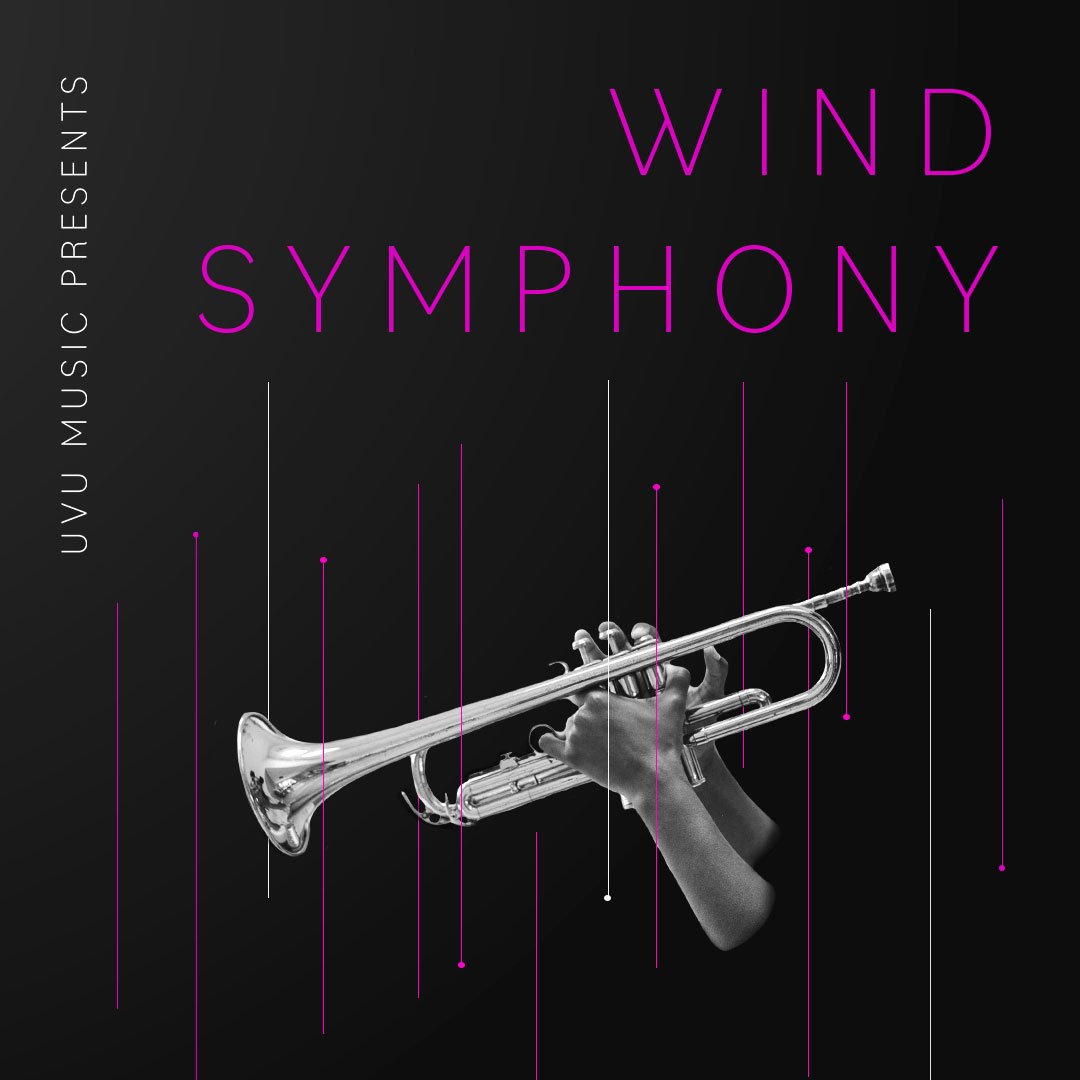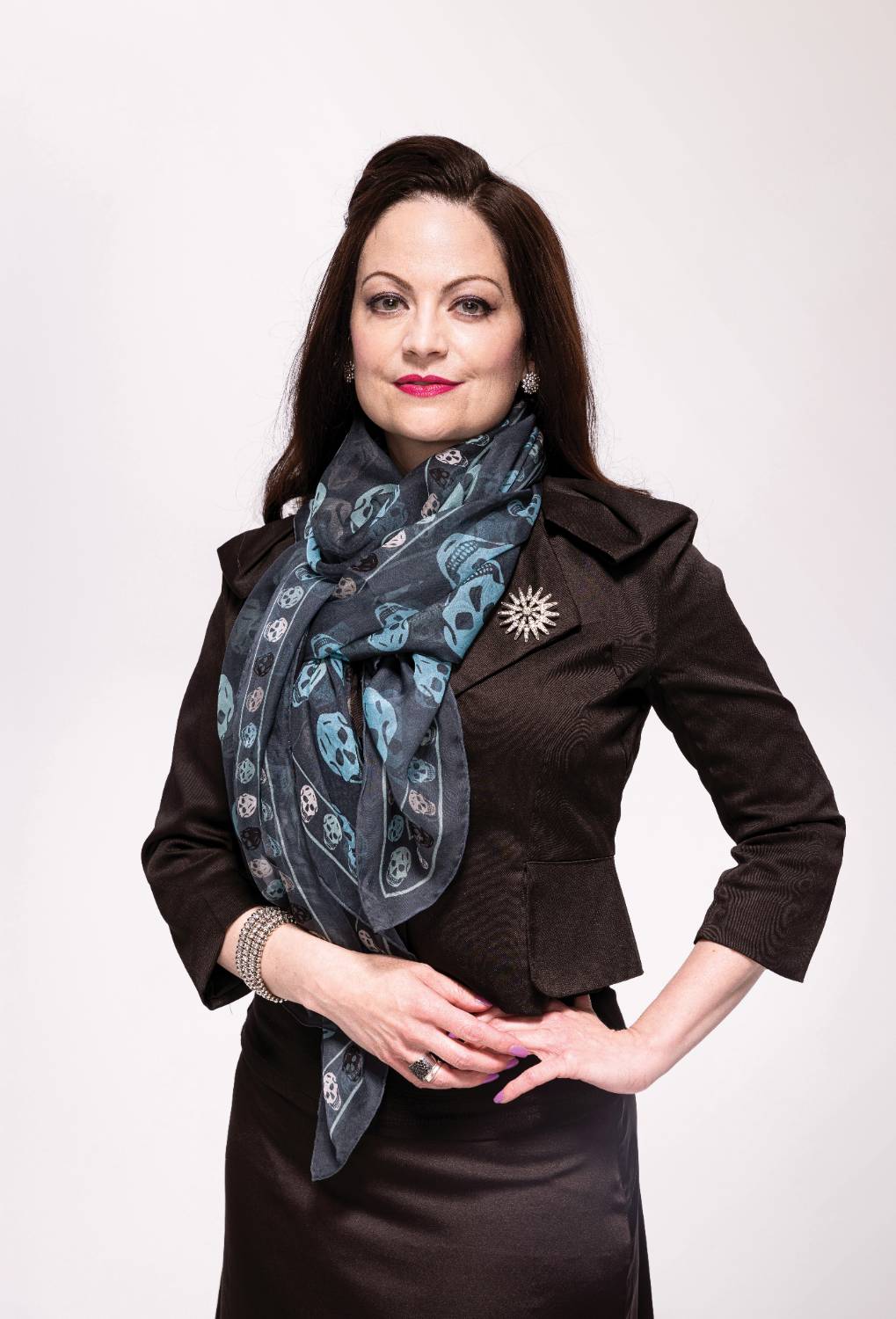
March 1, 2023 | 7:00 PM
Conductor
I. Allegro Non Troppo
II. Con Brio
III. Grazioso
IV. Giubiloso
English Dances Set 2
Arnold’s mastery of instrumentation is evident on every page of English Dances, the first set of which was completed in 1950 and the second in 1951. The first movement of the second set, Allegro non troppo, was used from 1969 to 2008 as the theme music for the long-running UK television program What the Papers Say, and was used again for the revived version of the program on BBC Radio Four. The second of second movement of the second set, Con Brio, establishes a dance-like 6/8 meter represented by bassoon and clarinet at the beginning. The third movement of the second set, Grazioso, presents as graceful or elegant by slow melody. The final movement, Giubiloso - starts with a bright fanfare introducing a joyful theme, leading to an elegant yet energetic conclusion.
- Program Note from University of Texas concert band concert program, 19 February 2018
Sunrise at Angel's Gate
The composer has written, "Sunrise and sunset are the best times to view the [Grand] Canyon, as a sun low in the sky casts shadows that give depth and form to the vast panorama. Angel's Gate is one the many named rock formations on the northern side of the canyon, and in this piece I have tried to depict the sights of dawn there, birdsongs in the early morning sky and the gradual revelation of the canyon as sunlight reaches into its rocky depths. "
Following the ethereal opening chord, solos in the oboe, English horn and bassoon embody the birdsong described by Sparke. Throughout the work as a whole, woodwinds remain prevalent in providing melodic structure, particularly the oboe and the clarinet and, later, the saxophones. The brass family serves a supporting role much of the time, whether in the style of a chorale or in creating a fuller, more polyphonic texture.
Ye Banks and Braes O' Bonnie Doon
Grainger considered the folk singers the "kings and queens of song...lords in their own domain -- at once performers and creators." He once described concert singers as slaves to tyrannical composers. It was for the wind band, a "vehicle of deeply emotional expression, that Grainger made some of his most memorable folk song settings, several of which are now cornerstones of band repertoire. Ye Banks and Braes o' Bonnie Doon is a slow, sustained Scottish folk tune. Grainger's original setting of this was done in 1901 for "men's chorus and whistler," and the present version for band was published in 1936.
- Program Note from Program Notes for Band
Night on Fire
This second movement from the suite The Soul Has Many Motions has a raw and brutal nature. The exotic and at times savage sounds suggest wild dancing around a nomadic camp fire, complete with tambourine, multiple hand drums and harsh, biting winds. A blizzard of meter changes, featured Djembe players (percussion) and a grove that begins with the saxophones and ends with percussion. A frantic delight.
Amazing Grace
I wanted my setting of Amazing Grace to reflect the powerful simplicity of the words and melody -- to be sincere, to be direct, to be honest -- and not through the use of novel harmonies and clever tricks, but by traveling traditional paths in search of truth and authenticity.
I believe that music has the power to take us to a place that words alone cannot. And so my own feelings about Amazing Grace reside in this setting itself. The harmony, texture, orchestration, and form are inseparable, intertwined so as to be perceived as a single expressive entity.
The spiritual, Amazing Grace, was written by John Newton (1725-1807), a slave ship captain who, after years of transporting slaves across the Atlantic Ocean to the New World, suddenly saw through divine grace the evilness of his acts. First published in 1835 by William Walker in The Southern Harmony, Amazing Grace has since grown to become one of the most beloved of all American spirituals. --program notes from the composer.
Danza No. 2 (2003) was commissioned by the Indiana University of Pennsylvania IUP High School Honors Band (Jack Stamp, conductor) in memory of Matthew Hornick, a member of the Wind Ensemble at IUP. Matthew tragically passed away in an automobile accident.
Danza is a musical genre that originated in Ponce, a city in southern Puerto Rico. It is a popular turn-of-the-twentieth-century ballroom dance genre slightly similar to the waltz. Although Danza No. 2 was written as a memorial piece, this is unique in that it is highly energetic and vibrant. This work displays vivid contrasts between winds and percussion as it drives relentlessly from start to finish.
- Program Note from University of North Texas Concert Band concert program, 3 November 2021
Kirt Saville
conductor
|
FLUTE Caryl Klemann* OBOE Emily Adams BASSOON Andrew Apgood* CLARINET Bass Clarinet Saxophone Horn |
Trumpet Trombone Euphonium Percussion |
|
*Section Leader |
|


Our mission is to produce and present artistic excellence, which would not be possible without the generous support of our sponsors. We thank them and express our deep gratitude to all patrons, supporters, and friends of The Noorda.
The arts possess the unparalleled power to inspire, educate, liberate, and transform. They elevate moments, mark milestones, soften edges, and generate profound meaning. Experience the beauty and wonder of the arts with us this season at The Noorda and begin at once to live!
Courtney R. Davis, J.D., M.A.
Dean, School of the Arts

Utah Valley University acknowledges that we gather on land sacred to all Indigenous people who came before us in this vast crossroads region. The University is committed to working in partnership—as enacted through education and community activities—with Utah’s Native Nations comprising: the San Juan Southern Paiute, Paiute Indian Tribe of Utah, Uintah & Ouray Reservation of the Northern Ute, Skull Valley Goshute, Confederated Tribes of the Goshute Reservation, Northwestern Band of Shoshone Nation, Hopi Tribe, Navajo Nation, Ute Mountain Ute-White Mesa Community, and urban Indian communities. We recognize these Native Nations and their continued connections with traditional homelands, mountains, rivers, and lakes as well as their sovereign relationships with state and federal governments. We honor their collective memory and continued physical and spiritual presence. We revere their resilience and example in preserving their connections to the Creator and to all their relations, now and in the future.
With this statement comes responsibility and accountability. We resolve to follow
up with actionable items to make the School of the Arts at UVU and The Noorda Center
for the Performing Arts an inclusive, equitable, and just space for all. There is
much work to be done, and we are committed to putting these words into practice.
Artwork by Shane Walking Eagle (Sisseton Dakota).
Department Chair
JEFFREY O'FLYNN
Associate Chair
MELISSA HEATH
Administrative Assistant
CHRIS GINES
Choirs
REED CRIDDLE
CHERILYN WORTHEN
Orchestra/Cello
CHEUNG CHAU
Violin
DONNA FAIRBANKS
Clarinet
JEFFREY O’FLYNN
Trumpet/Music Theory
RYAN NIELSEN
Percussion
SHANE JONES
Piano
HILARY DEMSKE
Jazz/Commercial
DAVID BAKER
Voice
MELISSA HEATH
ISAAC HURTADO
Commercial Music
CHARLIE HAN
TODD SORENSEN
Theory
BRYCE RYTTING
Musicology
ROSS HAGEN
Director of Bands
CHRIS RAMOS